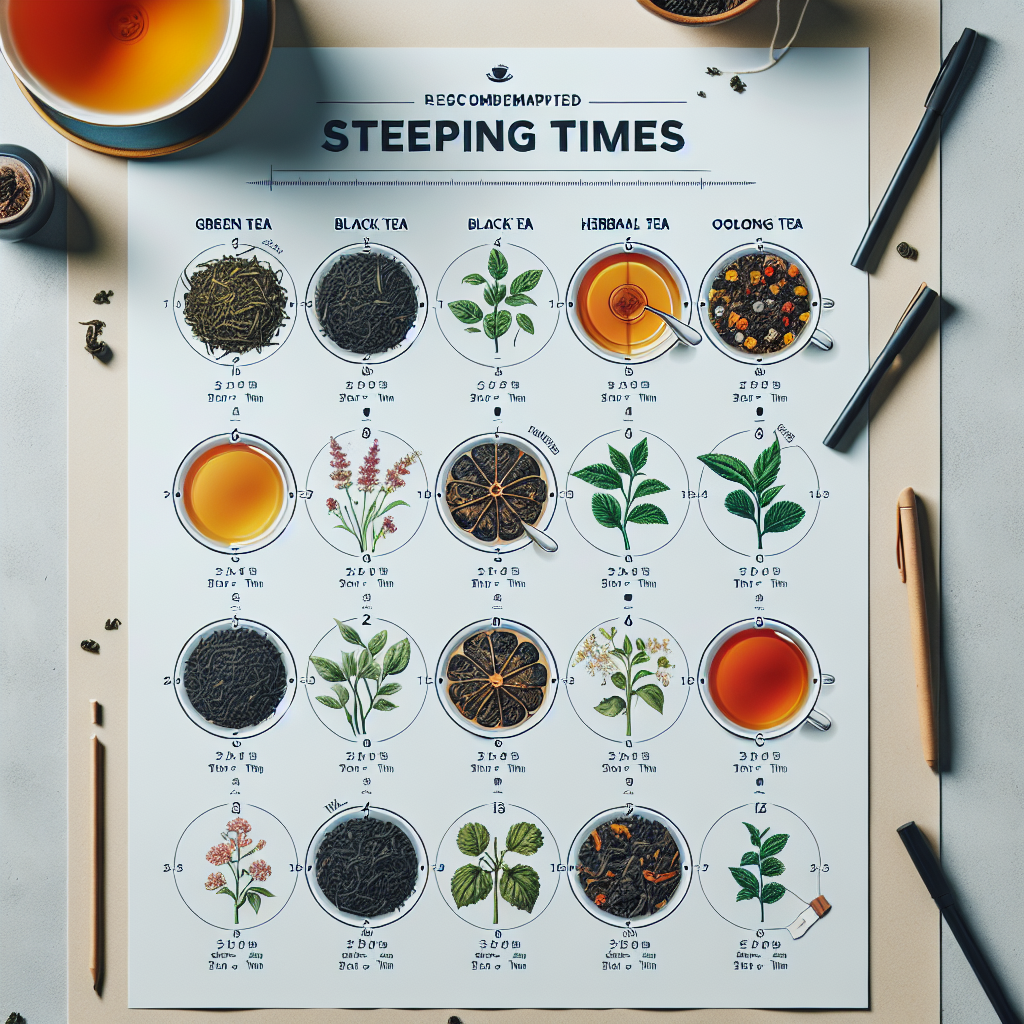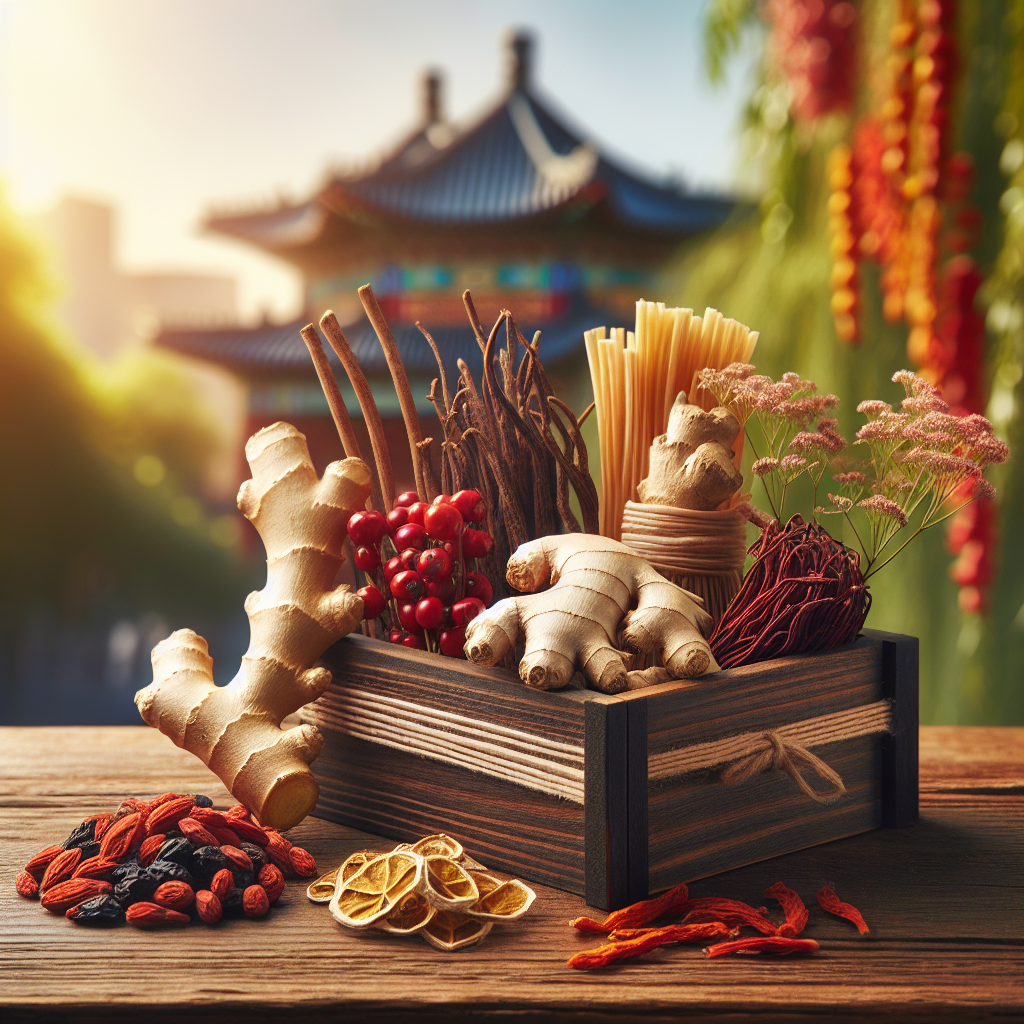7 Everyday Herbs That Heal: How to Turn Your Kitchen Into a Wellness Apothecary
Posted by Sarah Johnson, M.S. in Holistic Healing Founder of 1st Chinese Herbs, with over 25 years of experience bridging ancient TCM wisdom and modern science. on Oct 12th 2025
7 Everyday Herbs That Heal: How to Turn Your Kitchen Into a Wellness Apothecary
Your Kitchen Is a Goldmine of Healing Power
 There’s a quiet apothecary sitting right in your pantry. Everyday herbs — when used with purpose — can calm stress, strengthen digestion, balance energy, and even lift your mood.
There’s a quiet apothecary sitting right in your pantry. Everyday herbs — when used with purpose — can calm stress, strengthen digestion, balance energy, and even lift your mood.
In Traditional Chinese Medicine (TCM), herbs are chosen not just for what they do, but for how they balance Qi (vital energy), Yin, and Yang.
Today, research confirms what ancient healers practiced for centuries: the way you brew, combine, and consume herbs determines their effectiveness.
Explore Your Herbal Path
From raw herbs to ready-made formulas, each product type has its own rhythm and purpose. Choose the form that fits your lifestyle — whether you love brewing, blending, or keeping things simple.
| Category | What It Is | Why People Use It | Best For |
|---|---|---|---|
| Chinese Herbs | Time-tested roots, leaves, and barks used in TCM. | Balance Qi, Yin, Yang & Blood. | Beginners & practitioners. |
| Spices & Culinary Herbs | Flavorful herbs with digestive and immune benefits. | Add taste while supporting wellness. | Everyday family cooking. |
| Teapills & Formulas | Classical herbal combinations in pill form. | Fast, convenient daily support. | Busy lifestyles & travelers. |
1. Ginger (Sheng Jiang) — The Everyday Healer
Why it works: Ginger warms the body, moves Qi, and supports digestion — ideal for chills, nausea, or fatigue.
Modern science: Studies show it improves circulation and reduces inflammation (PubMed PMID: 36617257).
How to use: Steep fresh slices in hot water or add powder to soups and teas.
Buy Organic Ginger Root → (Lab-tested & fresh.)
2. Licorice Root (Gan Cao) — The Harmonizer
Why it works: Balances formulas, eases bloating and fatigue, and adds natural sweetness.
Science shows: Its glycyrrhizin content supports the adrenal response and respiratory health.
Use it: Simmer 2–3 slices with ginger or astragalus for a daily tonic.
Shop Licorice Root Slices →
3. Cinnamon (Rou Gui) — The Warming Comfort
Why it works: Ignites Kidney Yang and supports circulation; perfect for cold hands and low energy.
Research: Cinnamaldehyde in Rou Gui has antioxidant and glucose-balancing effects (PubMed PMID: 30274902).
How to use: Add a pinch to tea or pair with hawthorn berries for heart support.
Buy Cinnamon Bark →
4. Hawthorn Berry (Shan Zha) — The Heart & Digestion Hero
Why it works: Supports heart Qi and aids digestion of heavy foods.
Studies: Rich in flavonoids that support circulation (PubMed PMID: 22162023).
How to use: Simmer 1 Tbsp dried berries for 10 min; drink after meals.
Limited-Time Offer → Save on Hawthorn Berries Now → (While supplies last.)
5. Chrysanthemum (Ju Hua) — The Calming Flower
Why it works: Cools the Liver and eyes, reduces irritability, and eases headaches.
Pair with: Goji berries for a restful evening tea.
How to use: Steep 4–6 blossoms in hot (180°F) water for 5–7 minutes.
Shop Chrysanthemum Flower Tea →
6. Astragalus (Huang Qi) — The Qi Protector
Why it works: Builds vital energy and strengthens the immune system without stimulation.
How to use: Add to soups or simmer with licorice and goji for a tonic broth.
Buy Astragalus Root Slices →
7. Goji Berries (Gou Qi Zi) — The Yin Nourisher
Why it works: Nourishes Yin and Blood, supports eye health, and promotes hydration.
How to use: Snack on them or brew with chrysanthemum for a sweet, restorative tea.
Buy Goji Berries →
Pro Tips for Better Results
Why Brewing Temperature Matters for Tea Health Benefits
| Common Issue | Result | Fix |
|---|---|---|
| Boiling green tea | Bitter, dry taste | Cool water to 170 °F (77 °C) |
| Under-heating oolong | Weak flavor | Raise to 190 °F (88 °C) |
| Over-simmering herbs | Lost aroma | Cover pot and reduce time |
Use Our Steep Time Calculator

Modern Science Meets Ancient Wisdom
Science-Backed Brewing Chart: Catechins, Polysaccharides & Aromatic Oils
Peer-reviewed studies confirm that temperature and brewing method affect antioxidant and polysaccharide yields.
-
Catechins: Best extracted below 185 °F to preserve L-theanine.
-
Polysaccharides: Need near-boiling water for immune activity.
-
Folklore & Tradition
“The leaf reveals its spirit only to water that listens.” — Ancient Chinese Proverb
TCM teaches that water temperature balances the body’s internal fire. Cooling herbs soothe summer heat; warming spices kindle winter strength.
Free Gift — Join Our Herbal Insider List
Subscribe below to get weekly wellness recipes, discount codes, and exclusive educational guides.
Bonus: Instant download — “10 Everyday Herbs That Heal – Quick Tea Chart & Recipes.”
✅ FAQ
Q: Can I mix these herbs together?
Yes — combine warming and cooling herbs for balance (e.g., Ginger + Chrysanthemum).
Q: How long do dried herbs stay fresh?
Typically 12–24 months in an airtight container away from light and heat.
Q: Are these herbs safe for daily use?
Yes when used in normal culinary or tea amounts. Consult a qualified practitioner for medical conditions or medications.
Final Thought
Herbal healing doesn’t have to be complex. When you brew with intention, you transform simple leaves and roots into daily acts of balance and care. Each cup is a conversation between you and nature — one that rewards patience, presence, and practice.
Last updated October 12, 2025
Author Bio
Written by Sarah Johnson, M.S. in Holistic Healing
Founder of 1st Chinese Herbs, with over 25 years of experience bridging ancient TCM wisdom and modern science. Trusted since 1994 for quality, lab-tested herbs.
References
-
Effects of different brewing conditions on catechin content and sensory acceptance in Turkish green tea infusions
-
— looks at best conditions for antioxidant polyphenols in tea. PubMed
-
Extraction and antioxidant activities of polysaccharides from roots of Arctium lappa L. — about polysaccharide extraction from roots. PubMed
-
Optimizing brewing conditions for low‑temperature green tea infusion — covers optimal low temp extraction of green tea polyphenols. PubMed
-
Extraction, purification, structural characteristics and biological activities of polysaccharides in Radix Saposhnikoviae — relevant to herbal root polysaccharides. PubMed


